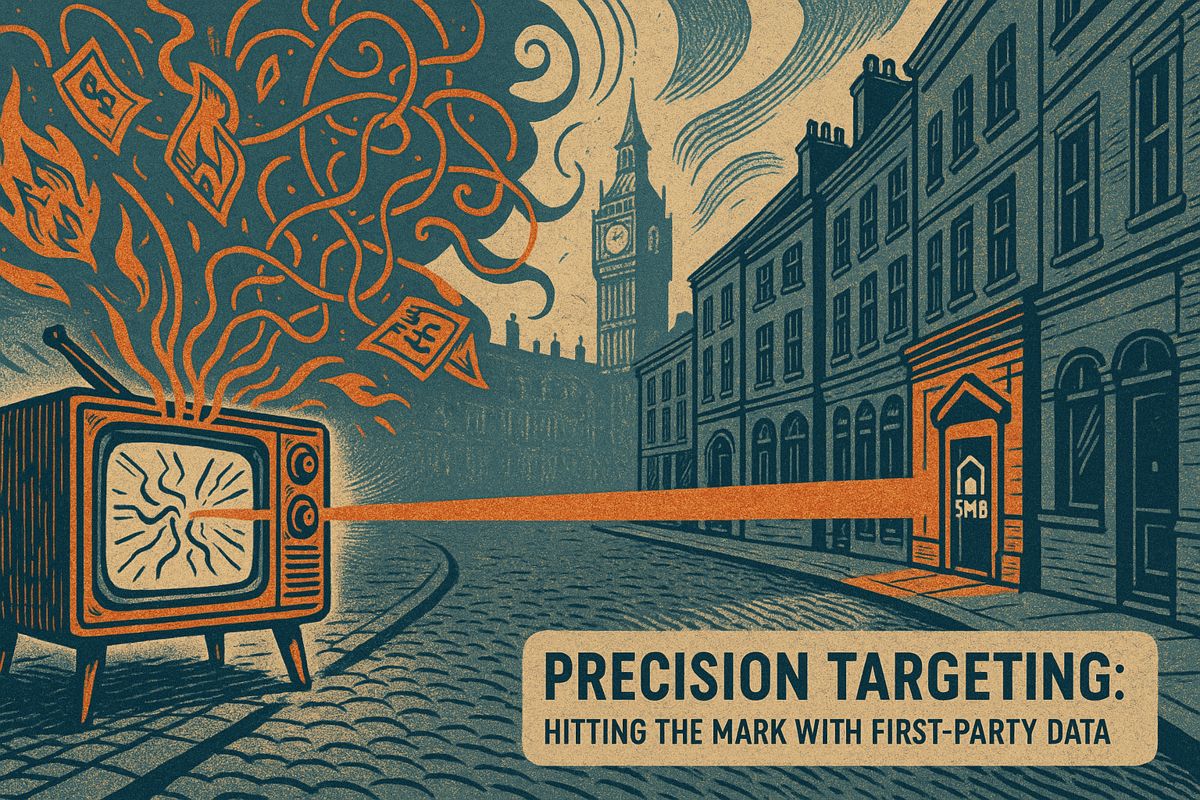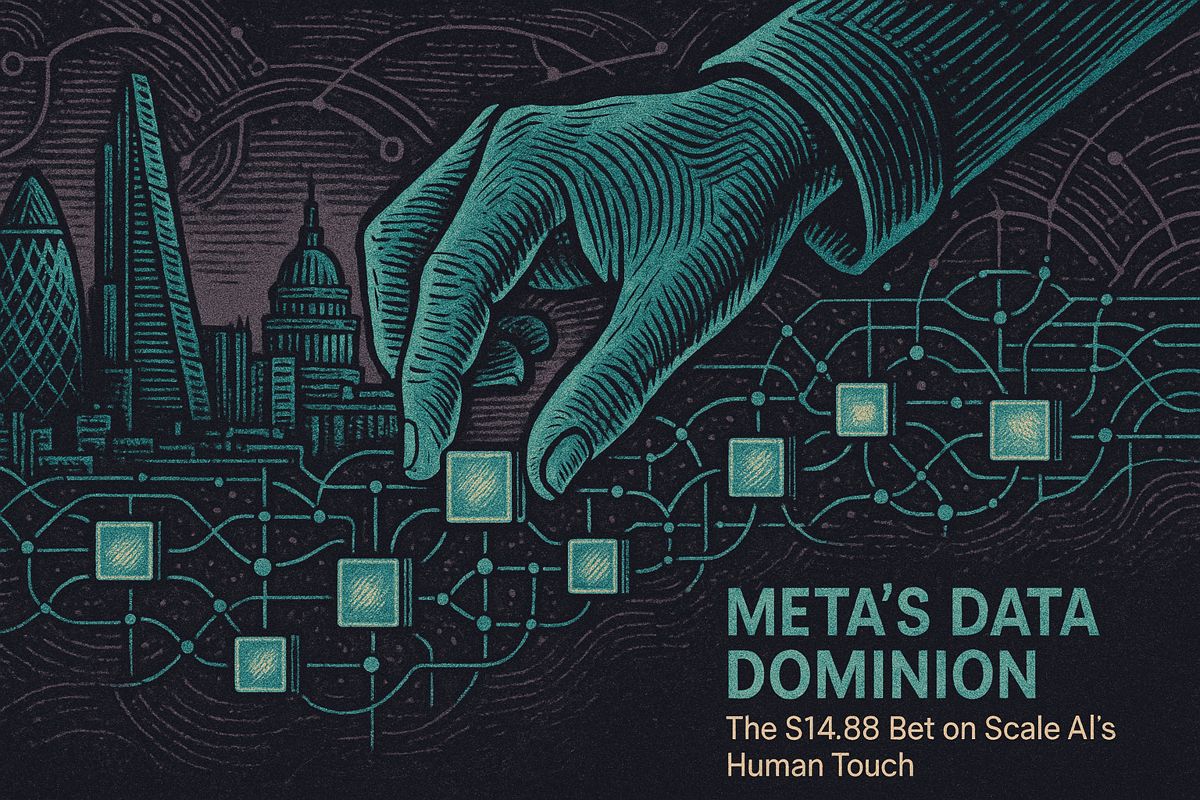The adoption of vertical knowledge in industrial AI is revolutionizing manufacturing, energy, and pharmaceutical sectors. Leaders now recognize that generic models fail without deep domain context, leading to costly errors. This guide explores how companies are capturing expert insights to fuel powerful, accurate AI that delivers tangible results.
Why generic models stall on the factory floor
Generic, off-the-shelf AI models struggle with the unique complexities of industrial environments. They cannot interpret domain-specific signals hidden in proprietary data formats, legacy systems, or industry jargon, causing them to fail when faced with a vibrating pump or an off-spec chemical batch. In contrast, models enriched with vertical knowledge excel. A 2024 survey revealed that manufacturers using AI-powered digital twins with detailed operational data reduced unplanned downtime by up to 30% (IBM). Similarly, energy companies achieve significant gains; Duke Energy’s AI platform uses detailed engineering data for real-time gas leak detection, cutting methane emissions by thousands of tons (AIMultiple).
Generic AI models fail in industrial settings because they lack specialized vertical knowledge. They cannot understand the context behind sensor data, such as a machine’s maintenance history or specific operational parameters. This leads to inaccurate predictions, unlike vertically-informed AI that correctly interprets nuanced industrial signals for reliable performance.
Capturing and curating tribal knowledge
The deep expertise of veteran operators, often called ‘tribal knowledge,’ is the key to unlocking AI’s potential. Converting these instincts into machine-readable data requires a strategic blend of culture and technology. Leading firms employ several methods:
- Real time narration: short video or audio snippets recorded during line changeovers create authentic documentation before details fade.
- AI assisted mining: collaboration bots scan chat, e mail and work orders, surfacing undocumented procedures for quick review.
- Participatory governance: cross functional councils vet which heuristics enter the model library, ensuring accuracy and protecting sensitive data.
Integrating these tools into daily workflows pays dividends; for instance, Tettra found that simple automated prompts in Slack increased weekly knowledge contributions by 40% (Tettra).
Scaling vertical AI through modular agents
To scale this curated knowledge, companies deploy lightweight AI agents tuned for specific tasks. Pharmaceutical firm Cipla cut changeover time by 22% with an AI scheduler that understands GMP rules and historical data. On-premise small language models can handle sensitive information like recipe formulas without cloud exposure. In energy, multimodal agents merge weather maps with SCADA feeds to forecast wind output, while research has shown AI can improve solar forecast accuracy by 15%, enabling greater use of renewables (SAGE Journals).
Looking ahead: edge deployment and talent fusion
The future of industrial AI lies at the edge, with models running directly on factory floor controllers. This trend, part of an edge AI market projected to surpass $60 billion by 2030, reduces latency and addresses data sovereignty. However, it introduces complexity, as each device has unique firmware and safety protocols. Overcoming this will require a new type of talent: multidisciplinary teams fluent in both data science and operational realities. Industry experts warn that bridging this talent gap is critical, urging manufacturers to create career paths that fuse data skills with deep domain expertise to prevent project stalls through 2026.



















